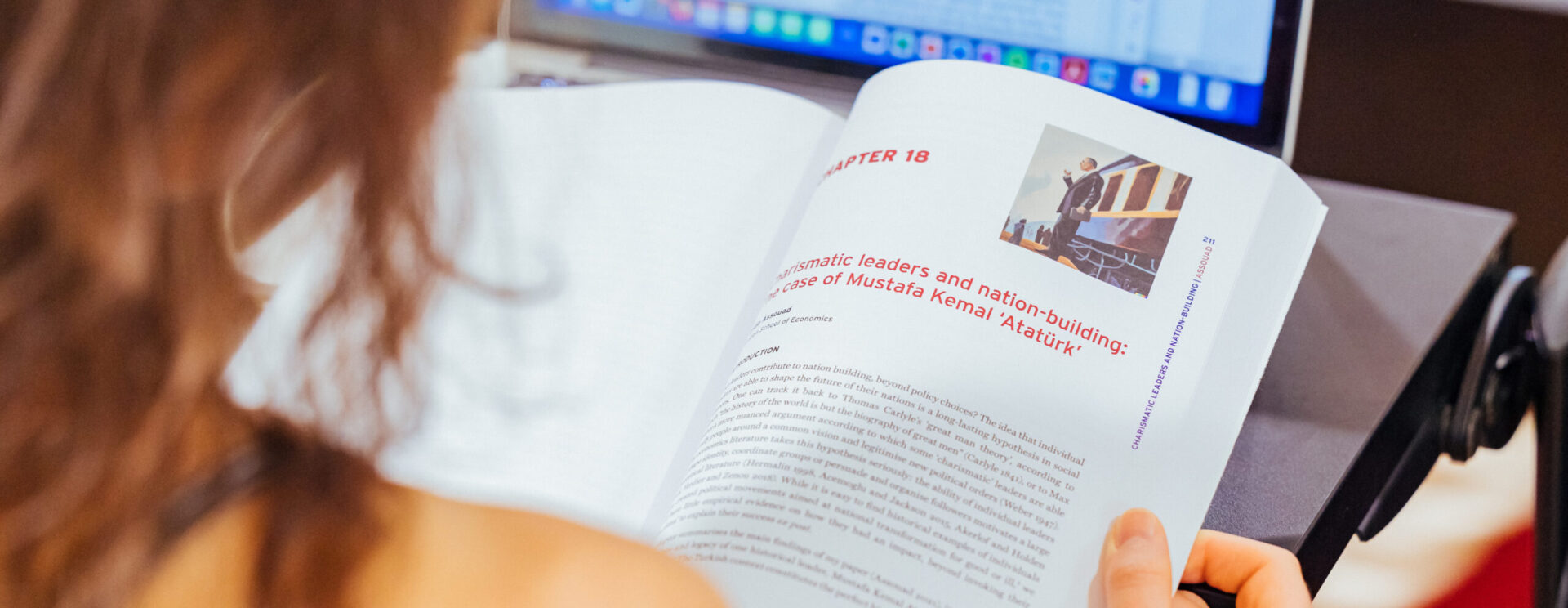Hourly modelisation of tritium transfers in a grassland ecosystem
Thesis: In the context of accidental or chronic releases from nuclear installations to the environment, it is important to predict the future of radionuclides, particularly at the grassland scale, the first link in the human food chain. The IRSN and EDF are developing a simulation platform for the transfer of radionuclides in the environment, called SYMBIOSE, in order to estimate the dose received by humans. Tritium is an example of a radionuclide released into the environment by nuclear installations, whose behavior is particularly critical to predict because of its high mobility and biological affinity depending on the chemical form considered. The TOCATTA-khi model, implemented in the SYMBIOSE platform, is dedicated, among other things, to the transfer of tritium within a grassland ecosystem. The main objective of this thesis is to improve and evaluate the existing TOCATTA-khi model from experiments carried out in situ at the technical platform IRSN La Hague and in laboratory, by studying and quantifying the transfers of tritium within a grassland ecosystem, as well as the associated residual uncertainties.
Author(s)
Hugo Renard
Date of publication
- 2017
Keywords
- Tritium
- Grassland ecosystem
- Experimentations
- Mechanistic model
Issuing body(s)
- Aix-Marseille Université
Date of defense
- 21/12/2017
Thesis director(s)
- Denis Maro
Internal reference
- IRSN-2018/210
URL of the HAL notice
Version
- 1
